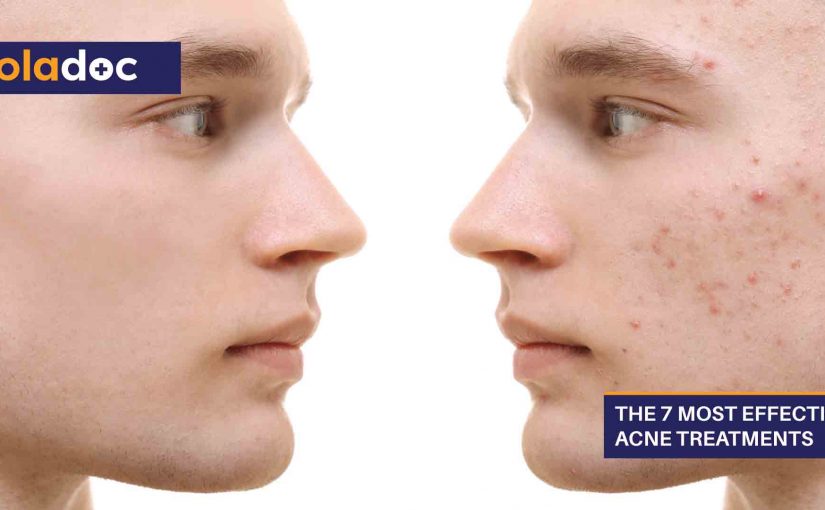Spinal stenosis mainly affects older adults at 50 years or more and can cause several other problems to the body if not treated. Also, it might develop in young and middle-aged adults as well. Suppose you are ailing from spinal stenosis; you can obtain physical therapy through the Roswell spinal stenosis support program, which aims to help individuals manage or treat any spinal-related issue. However, spinal stenosis has no known cure, but it can effectively respond to treatment. Here is everything you need to know about spinal stenosis and the existing effective therapies you can acquire.
What is spinal stenosis?
Spinal stenosis is a chronic spinal-related condition that begins when the spinal canal narrows. It is a severely painful condition if not managed and treated correctly. There are two types of spinal stenosis, spinal stenosis, and lumbar stenosis. The former happens when the spine from the neck area narrows, while the latter occurs when the spine on your lower back narrows.
Causes of spinal stenosis
Most people develop spinal stenosis due to an underlying condition known as arthritis, a condition that affects the joints and muscles.
Apart from arthritis, some other medical conditions and factors might lead to spinal stenosis. They include;
- Age
- Spinal injuries
- Slipped vertebra
- Herniated discs
- Thickened ligaments
- Bone spurs
- Degenerative disc disease
All the above conditions and factors might result in misaligned vertebrae caused by the narrowing of the spinal canal.
What are the symptoms of spinal stenosis?
Like any other chronic illness or condition, spinal stenosis can also cause several symptoms. However, some people might not be aware they have spinal stenosis until much later. Also, you can effectively live a normal life with spinal stenosis. Here are some of the symptoms to look out for.
- Leg cramping
- Difficulty standing or walking
- Stiffness and numbness on arms and legs
- Back pain and neck pain
- Hand weakness
- Radiating pain in arms and legs
Spinal stenosis treatment
The proper spinal stenosis treatment depends on the severity of your condition and symptoms. During your first spinal stenosis appointment, your doctor will first examine your medical history, followed by various tests to determine whether you have the condition.
Your doctor will run several imaging tests, including X-rays, MRI scans, and CT scans, to determine the condition and shape of your spinal vertebrae, discs, ligaments, and bones. If your doctor diagnoses you with a minor spinal stenosis condition, he might prescribe your over-the-counter medications, including antidepressants, pain relievers, opioids, etc.
However, if you have severe spinal stenosis, your doctor might recommend surgery to achieve spinal decompression. The various spinal stenosis surgical treatment procedures include;
- Laminectomy: This surgical procedure removes a section of the affected vertebrae to give nerves extra space.
- Laminotomy: Your doctor might remove a part of the vertebrae to relieve pressure and create space for the spinal ligaments and nerves.
- Decompression procedure: This surgical procedure is only effective if you have lumbar spinal stenosis. Your doctor uses needle-like surgical equipment to remove part of the thickened spinal ligaments that cause lumbar spinal stenosis.
Suppose you are experiencing consistent back and neck pain that does not go away, APEX Spine and Neurosurgery. It is a neurosurgical medical institution that provides various spinal treatment services, including spinal stenosis, minimally invasive spinal surgery, spinal decompression, etc.
You can access their services from their Roswell, Bethlehem, Georgia, and Alpharetta offices. Call and book an appointment online today.
Read also : Ibomma
